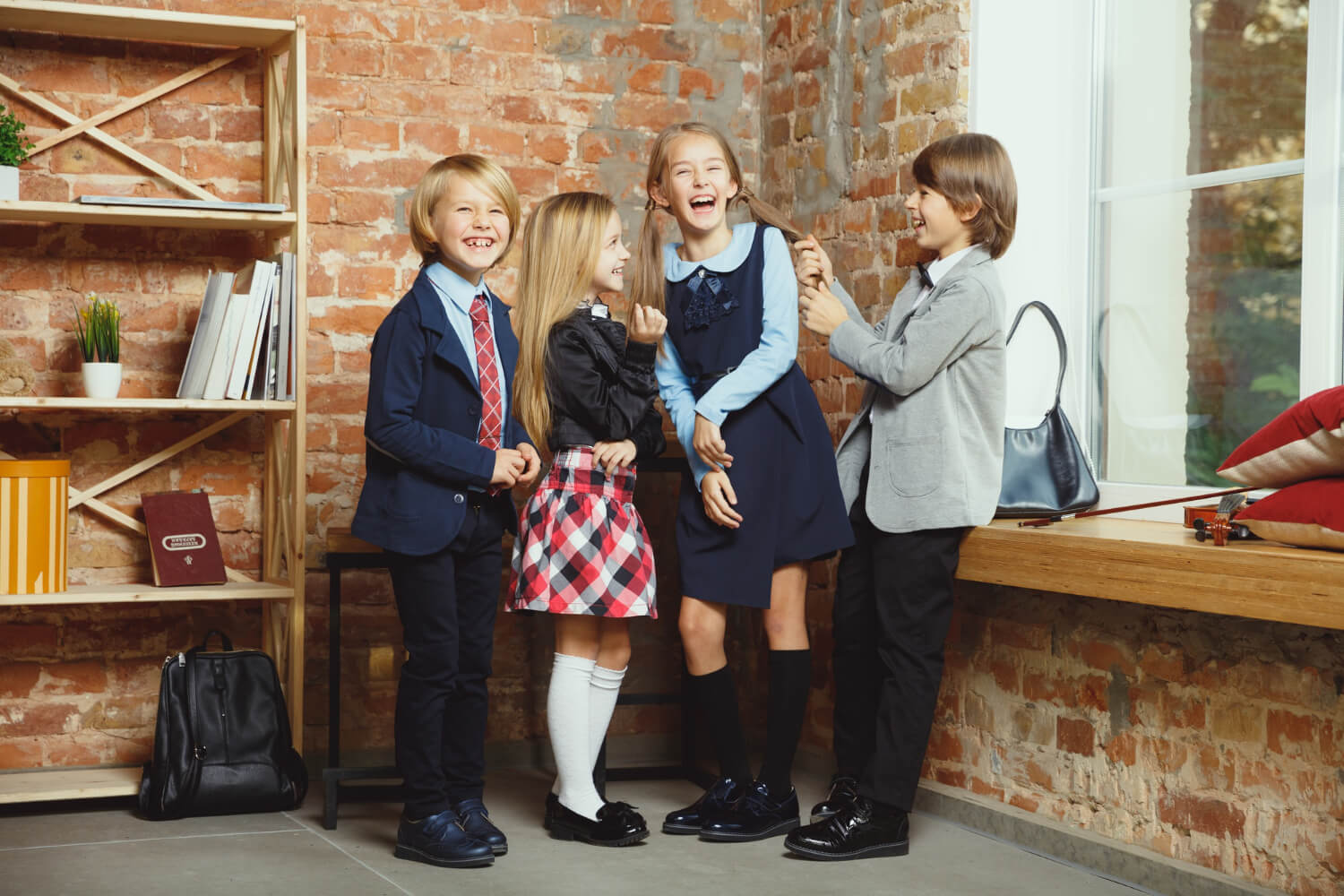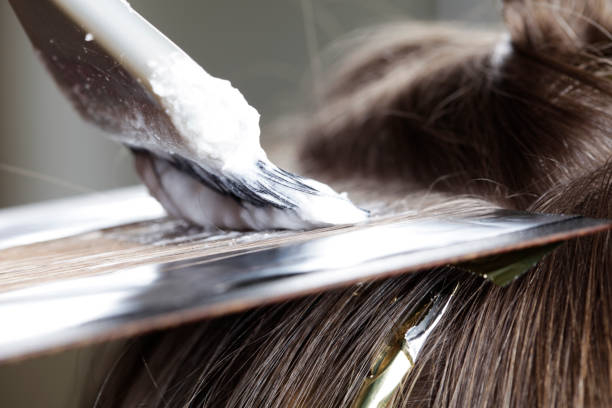Introduction
School dress codes are becoming increasingly debated topics in our society. Some parents and school staff feel that dress codes are necessary to maintain a certain level of professionalism in the school setting, while others feel it limits the expression of individuality of their students. In this blog, we will explore both sides of the debate, as well as take a look at some of the most common questions and concerns raised in discussions around the issue.
Arguments For Dress Codes
Professionalism
One of the main reasons that schools choose to implement dress codes is to promote professionalism in the school setting. A dress code helps to ensure that students are dressed appropriately for school and instills a sense of respect for their teacher and classmates. It also helps to minimize any potential distractions that could interfere with learning.
Safety
Many supporters of dress codes argue that it helps to keep students safe in the school environment. Dress codes help prevent students from wearing clothing that could potentially cause harm, such as showing too much skin with clothing that is too revealing or wearing clothing with offensive messages. This helps to create a safe and secure school setting, which is beneficial for all students.
Uniformity
Supporters of dress codes are also in favor of the sense of uniformity it can create in the classroom. This uniformity can help to minimize any feelings of jealousy or inequality based on what someone is wearing. It can also help to foster a sense of community amongst students, as they all share a common dress code.
Arguments Against Dress Codes
Limiting Expression
One of the main arguments that opponents of dress codes make is that it limits the freedom of expression of their students. It is argued that dress codes suppress creativity and the unique self-expression allowed by different types of clothing. Students should be able to express themselves through their clothing and not feel limited by a dress code.
Potential Bias
Some people have argued that dress codes can be used to target particular groups of people or discriminate against certain body types. For example, some dress codes may not be suitable for certain religions or be more restrictive for girls than boys. Any dress code must be enforced evenly and without bias in order to be successful.
Cost
Many families cannot afford to purchase the clothing required for certain dress codes, such as uniforms. This can create an unfair disadvantage for those students and can lead to feelings of inferiority among those who cannot afford to comply with the dress code.
Conclusion
The debate around dress codes in schools is a complex one. There are valid arguments that can be made on both sides of the debate, and it will likely continue to be a hot-button issue in the years to come. Ultimately, it is up to the school and its community to decide the best way forward when it comes to dress codes.
Frequently Asked Questions (FAQs)
Q1: Are dress codes necessary?
A1: That really depends on the school’s needs and goals. Some schools may feel that it is necessary in order to promote professionalism, or to prevent distracting or unsafe clothing. Others may not feel the need for a dress code in their school setting.
Q2: Who decides the dress code rules?
A2: Typically the school’s administration and faculty are the ones who decide on the dress code rules. They typically do this with input from students, teachers, and parents in order to ensure that it is appropriate and beneficial for all in the school community.
Q3: Is it okay to challenge a dress code?
A3: Yes, if you feel that a dress code is unfair or discriminatory, you can always challenge it. It is important to be respectful and use appropriate channels to do so. It is also important to remember that the school has the final say in this matter.





